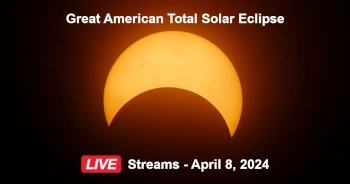SI Units - International System of Units
The International System of Units (abbreviated SI from the French Le Système International d'Unités) is the modern form of the metric system and is generally a system devised around the convenience of the number ten. It is the world's most widely used system of units, both in everyday commerce and in science.The system is nearly universally employed, and most countries do not even maintain official definitions of any other units.
Info from wikipedia.org
Fundamental SI Units
There are seven, dimensionally independent, base SI-units and two supplementary units.
All other units can be derived from the base ones. Below, you can find the list of the
base SI units as well as the list of the derived units.
| Unit | Symbol | Quantity |
|---|---|---|
| Meter (metre) | m | Length |
| Kilogram | kg | Mass |
| Second | s | Time |
| Ampere | A | Electric current |
| Kelvin | K | Thermodynamic temperature |
| Mole | mol | Amount of substance |
| Candela | cd | Luminous intensity |
| SI Supplementary Units | ||
| Radian | rad | Plane angle (2D angle) |
| Steradian | sr | Solid angle (3D angle) |
SI Derived Units
| Unit | Symbol | In SI Units | Quantity |
|---|---|---|---|
| Mechanics | |||
| Pascal | Pa | kg·m-1·s-2 | Pressure,Stress |
| Joule | J | kg·m2·s-2 | Energy,Work,Heat |
| Watt | W | kg·m2·s-3 | Power |
| Newton | N | kg·m·s-2 | Force,Weight |
| Electromagnetism | |||
| Tesla | T | kg·s-2·A-1 | Magnetic Field |
| Henry | H | kg·m2·s-2·A-2 | Inductance |
| Coulomb | C | A·s | Electric Charge |
| Volt | V | kg·m2·s-3·A-1 | Voltage |
| Farad | F | kg-1·m-2·s4·A2 | Electric Capacitance |
| Siemens | S | kg-1·m-2·s3·A2 | Electrical Conductance |
| Weber | Wb | kg·m2·s-2·A-1 | Magnetic Flux |
| Ohm | Ω | kg·m2·s-3·A-2 | Electric Resistance |
| Optics | |||
| Lux | lx | cd·sr·m-2 | Illuminance |
| Lumen | lm | cd·sr | Luminous Flux |
| Radioactivity | |||
| Becquerel | Bq | s-1 | Radioactivity |
| Gray | Gy | m2·s-1 | Absorbed Dose |
| Sievert | Sv | m2·s-1 | Equivalent Dose |
| Other | |||
| Hertz | Hz | s-1 | Frequency |
| Katal | kat | mol·s-1 | Catalytic Activity |

